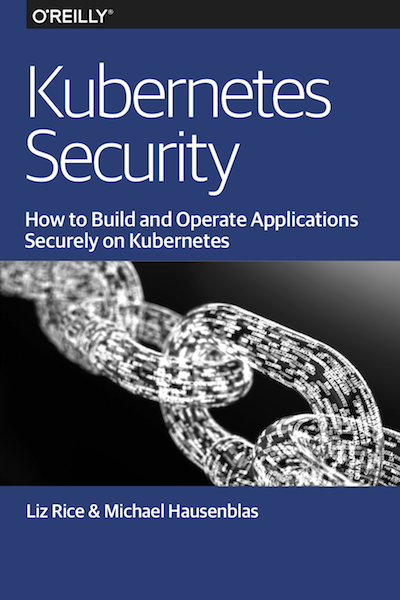Kubernetes Security: Operating Kubernetes Clusters and Applications Safely

Kubernetes Security: Operating Kubernetes Clusters and Applications Safely
In the book we explore security concepts including defense in depth, least privilege, and limiting the attack surface. We discuss and show how to secure clusters, and you’ll also learn how Kubernetes uses authentication and authorization. The book will teache you how to secure container images against known vulnerabilities and abuse by third parties, enforce policies on the container runtime level as well as the networking level, and give you to rundown on how to handle sensitive information such as credentials.
Table of contents Securing the cluster Authentication and authorization Securing your container images Running containers securely Secrets management Advanced topics References
Author Liz Rice, Chief Open Source Officer at Isovalent, looks at how the building blocks commonly used in container-based systems are constructed in Linux. You’ll understand what’s happening when you deploy containers and learn how to assess potential security risks that could affect your deployments. If you run container applications with kubectl or docker and use Linux command-line tools such as ps and grep, you’re ready to get started.
- Explore attack vectors that affect container deployments
- Dive into the Linux constructs that underpin containers
- Examine measures for hardening containers
- Understand how misconfigurations can compromise container isolation
- Learn best practices for building container images
- Identify container images that have known software vulnerabilities
- Leverage secure connections between containers
- Use security tooling to prevent attacks on your deployment
Check the resource center for this book at https://kubernetes-security.info
Please use corporate email, you cannot use gmail account to get this book.